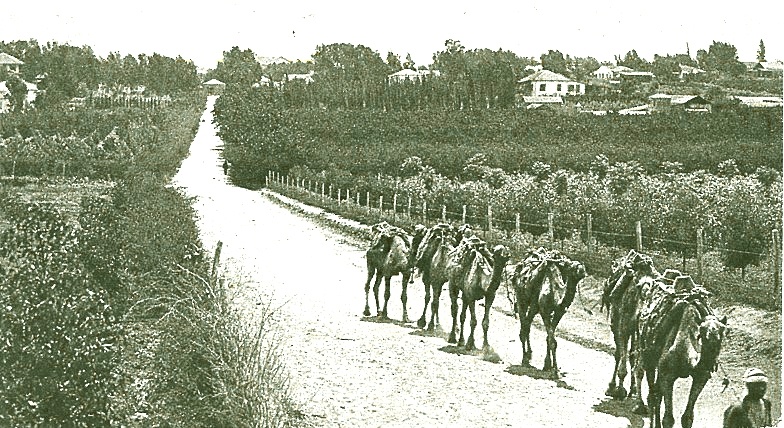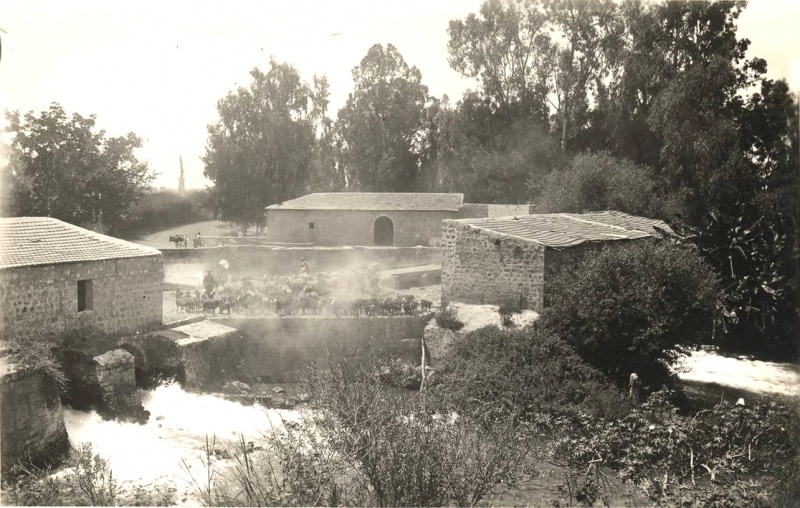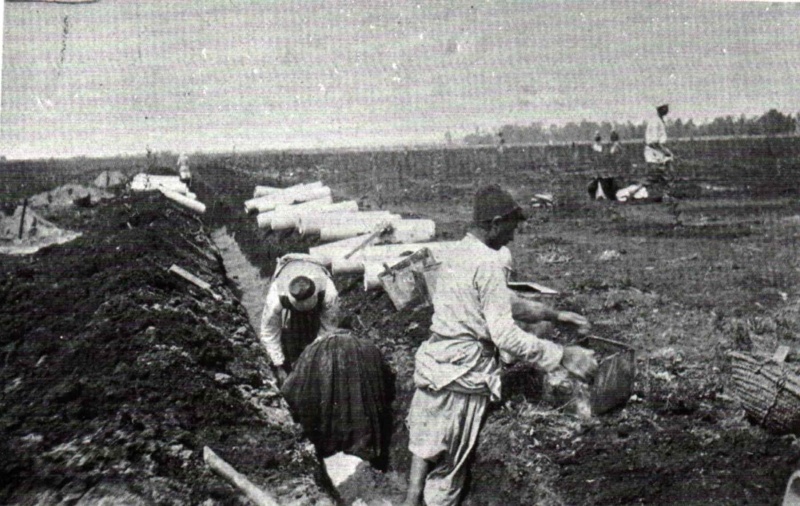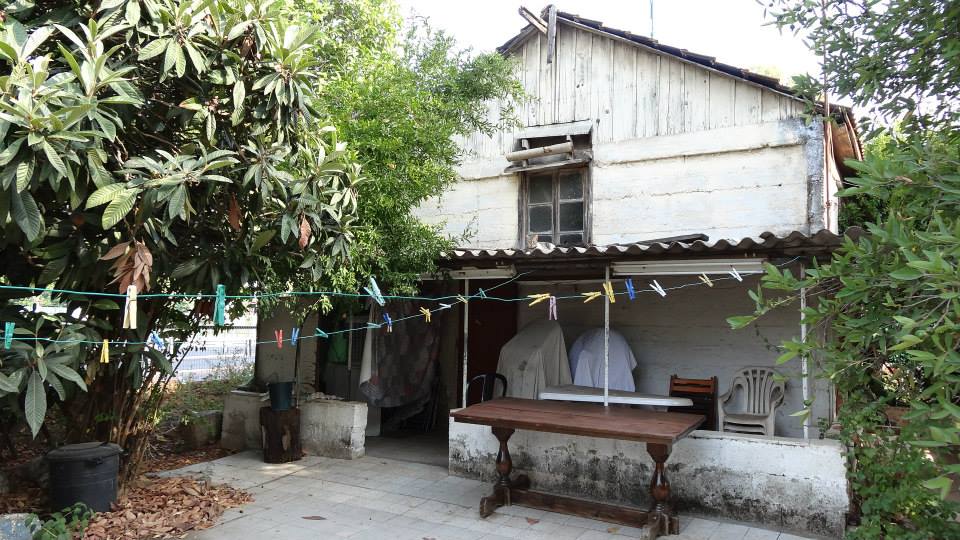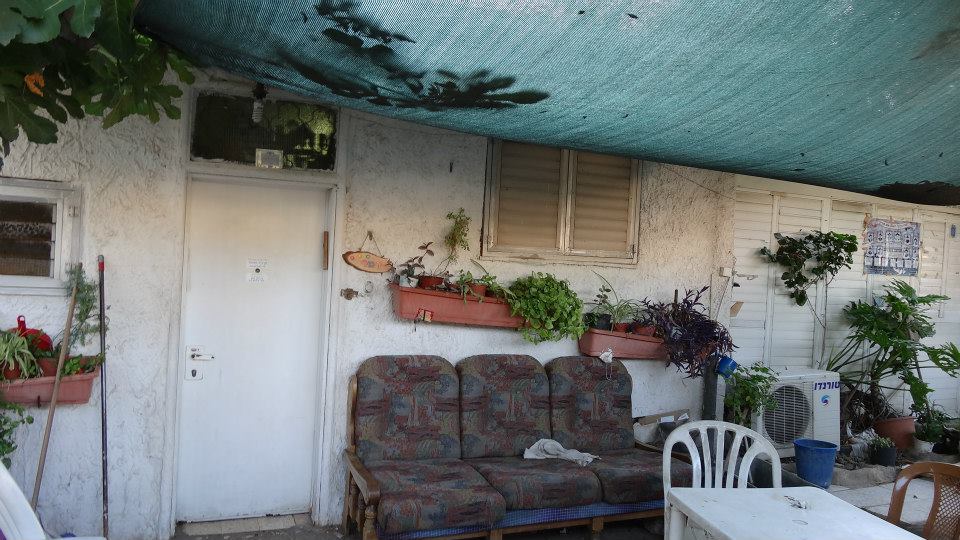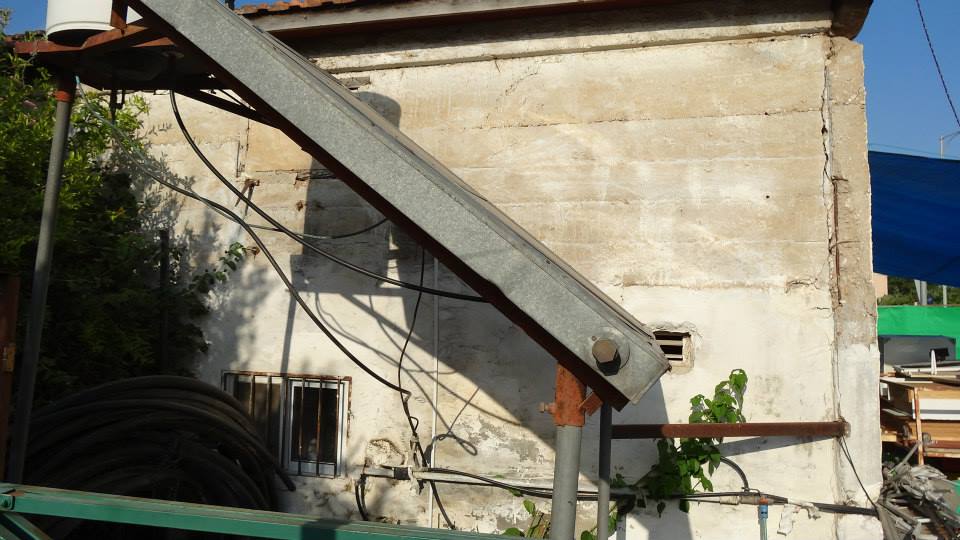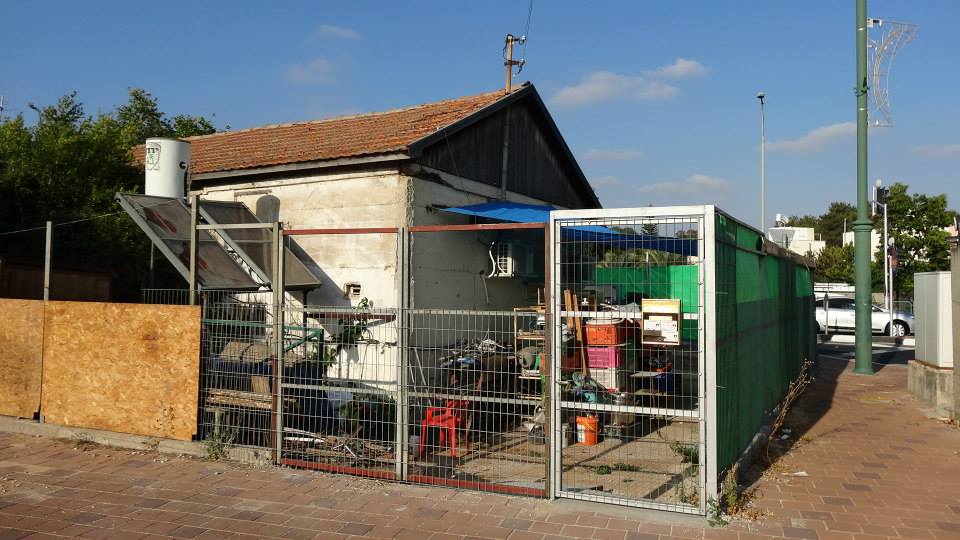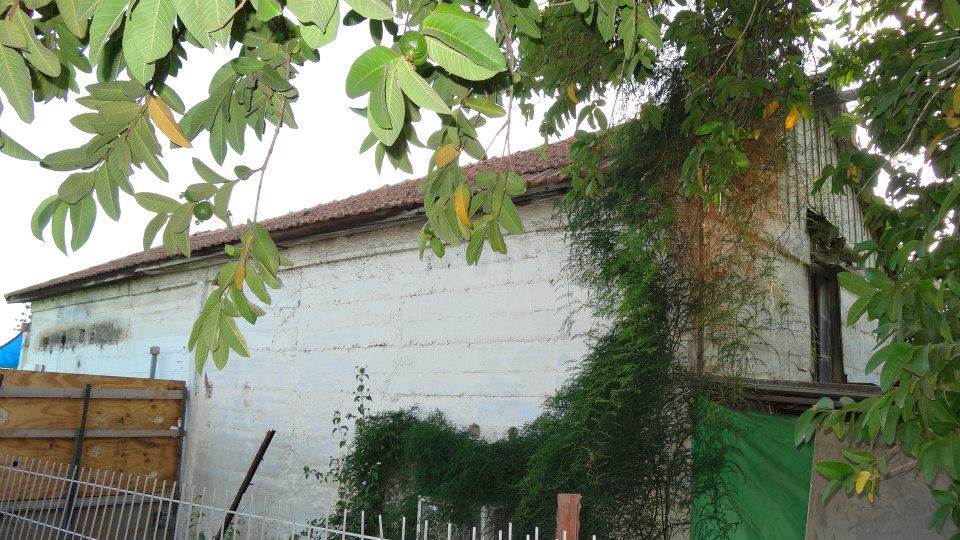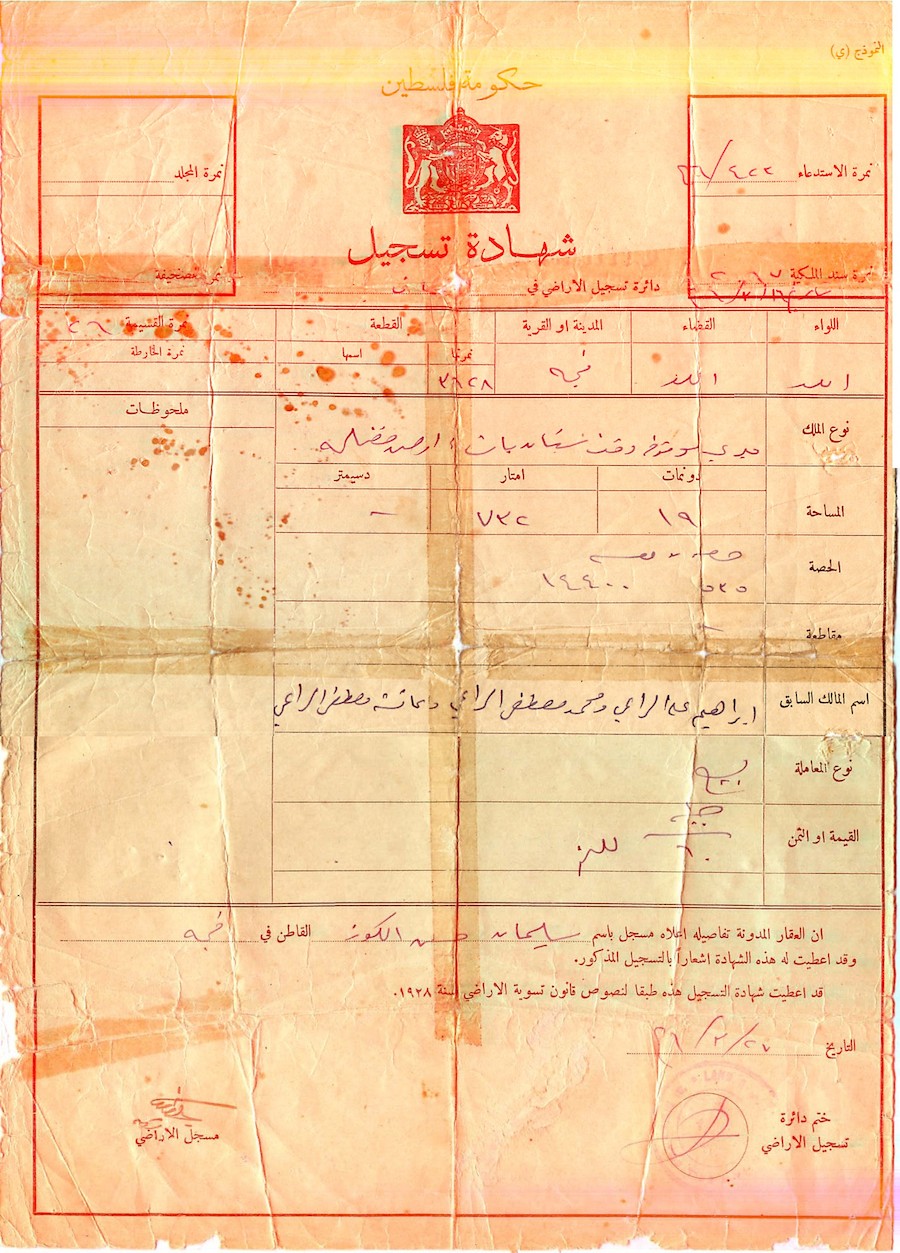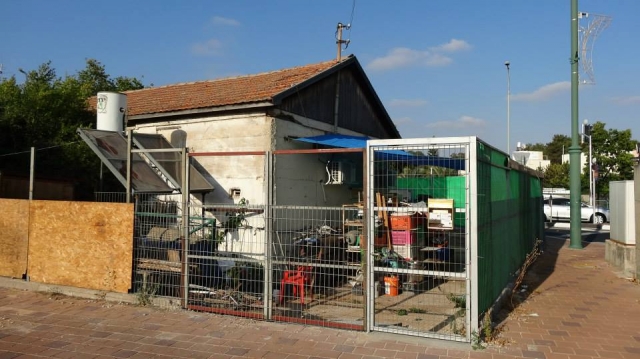Info
District: Jaffa
Population 1948: 1390
Occupation date: 01/05/1948
Occupying unit: Hagana units
Jewish settlements on village/town land before 1948: Belinson (Today part of Petah Tikva)
Jewish settlements on village/town land after 1948: Petah Tikve East Neighborhoods (Yoseftal), Kiryat David Elazar, Amishav, Hadar Ganim
Background:
The village was situated in a relatively flat area on the central coastal plain, 15 km northwaest of Jaffa. It was linked to Lydda and Jaffa by the highway that ran between these to cities.
Attacks on Fijja began as early as 20 May 1947, when a Palmach unit infiltrated the village on the pretext of apprehending thieves who had murdered two people in Petach Tiqwa. According to the History of the Haganah, shooting broke out when the unit approached the coffehouse were the thieves were allegedly hiding and two villagers were killed; “explosives experts stormed the coffehouse under heavy covering fire, planted an explosive charege and ignited it.” The “Book of the Palmach” reports that the explosion was unnecessarily delayed and although the coffehosue was destroyed, no one was harmed.
The next recorded attack was launched by the Irgun on 17 February 1948, after which some villagers fled, according to Israeli sources. Israeli historian Benny Morris also states that Fajja was hit “repeatedly” by both the Haganah and Irgun in the early months of the war; by May, only several dozen residents remained. Haganah intelligence officers met on 9 May and decided that this “bothersome element” should be expelled. The last villagers left on 15 May, according to Israeli military intelligence, because of “pressure by us – a whispering operation.”
By June, the Jewish National Fund had set in motion the process of destroying Fajja, among other villages. On 14 June, Ezra Danin, a senior Haganah intelligence officer and official of the Jewish Agency, reported to JNF official Yosef Weitz on the progress made in destroying Fajja. Two days later, Israeli prime minister David Ben-Gurion in his diary the Fajja and two other villages had been destroyed.
The site was initially occupied in the early 1950s by a transit camp for new immigrants called 'Amishav, but now it has become an eastern suburb of the settlement of Petach Tiqwa, which had been established west of the village in 1878.
The village has been completely razed except for one house and a pond. Eucalyptus trees and cactuses further mark the site. The surrounding land is partly occupied by buildings; the rest is cultivated.


